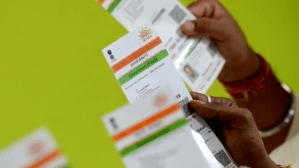
Page 2 of pulses
Related News

‘Thoda aage badho’: A simple train request ended in teen’s suicide — what happened to Arnav Khaire

Reliance Group and Anil Ambani distance from Rel Comm, say ‘attached assets belong to Reliance Communications’

Dubai Air Show plane crash: India’s Tejas jet crashes while performing aerial display, IAF confirms death of pilot

Aadhaar card online update: How to change name, address, date of birth and phone number online in simple steps

US tourist visa: Applicant’s B1/B2 visa approved without hassle, officer says ‘I don’t need to…’

















